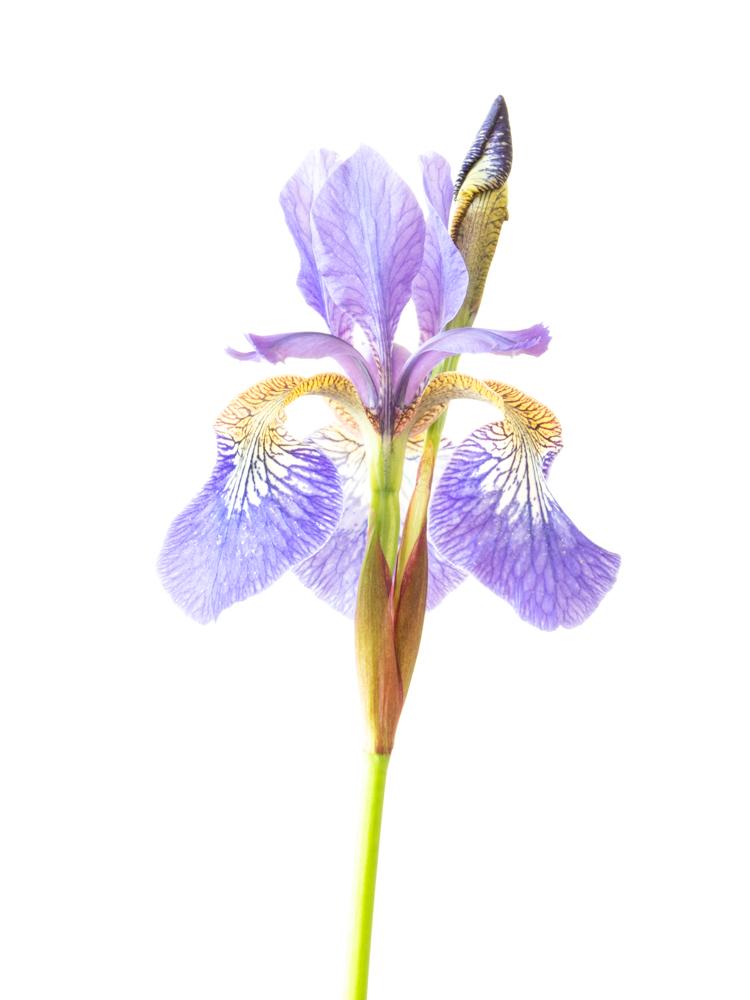
9 minute read
Learning in Lockdown by Ingrid Popplewell
LEARNING IN LOCKDOWN by Ingrid Popplewell
I have used the enforced lockdown at home to get to grips with my new macro lens. I have a large garden, which I love, and I have always planned to spend more time in it with my camera, finding a way to convey my passion, both for the plants and for the whole atmosphere the garden creates for me.
This turns out to be much more difficult than it sounds. Plants are beautiful, but conveying this beauty is a challenge.
I bought a new 60mm macro lens for my Olympus EM2 micro 4/3 mirror-less camera a few months ago, but have been frustrated when trying to use it.
I have spent the last few weeks experimenting in the garden and have a much better understanding of the lens and have now found an effective approach.
I thought it might be helpful to share my thoughts::-
My camera is really relatively light weight and the lens is small and light too so it is possible to use it handheld in certain circumstances when the light is good. Sometimes it can be very difficult in the garden, to get a tripod in exactly the right position for the plant shot you have envisaged.

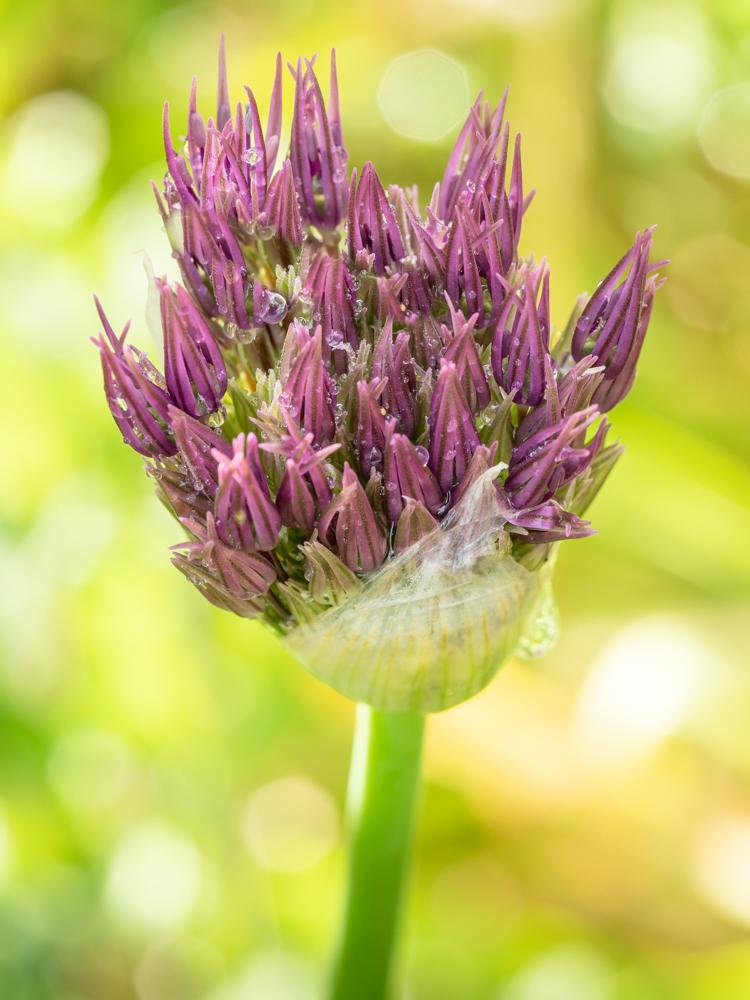
As the camera and lens are light, I have found that my travel tripod with ball head can hold the camera still and provide a lot of flexibility. (A heavy camera and lens would need a much sturdier tripod and even a focusing rail to achieve the same degree of control.)
Auto-focus does not work well as the camera seems to struggle to find the point of focus so I now use manual focus and focus peaking. (Focus peaking shows all the in focus areas sparkling red so you do not need to rely on your eyesight, though it obviously helps to correct the viewfinder for your vision.)
I choose the area of focus on the touch LCD screen and then zoom in to the exact area of focus and fine tune the focus manually with the focus peaking.
I use a loupe to exclude light so I can check the screen before making the picture.
I usually make the picture at several different apertures in aperture priority so that I can review and compare the effect on my desk top computer.
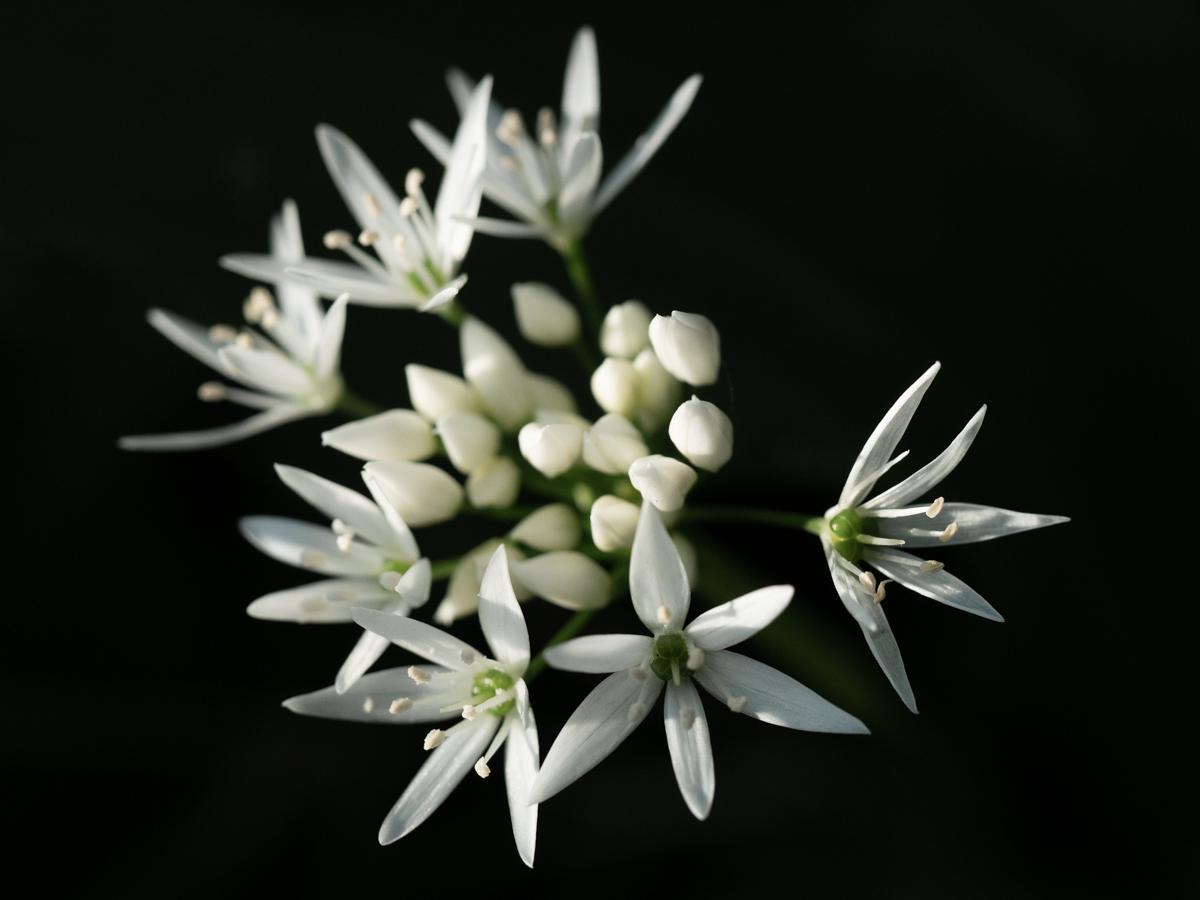
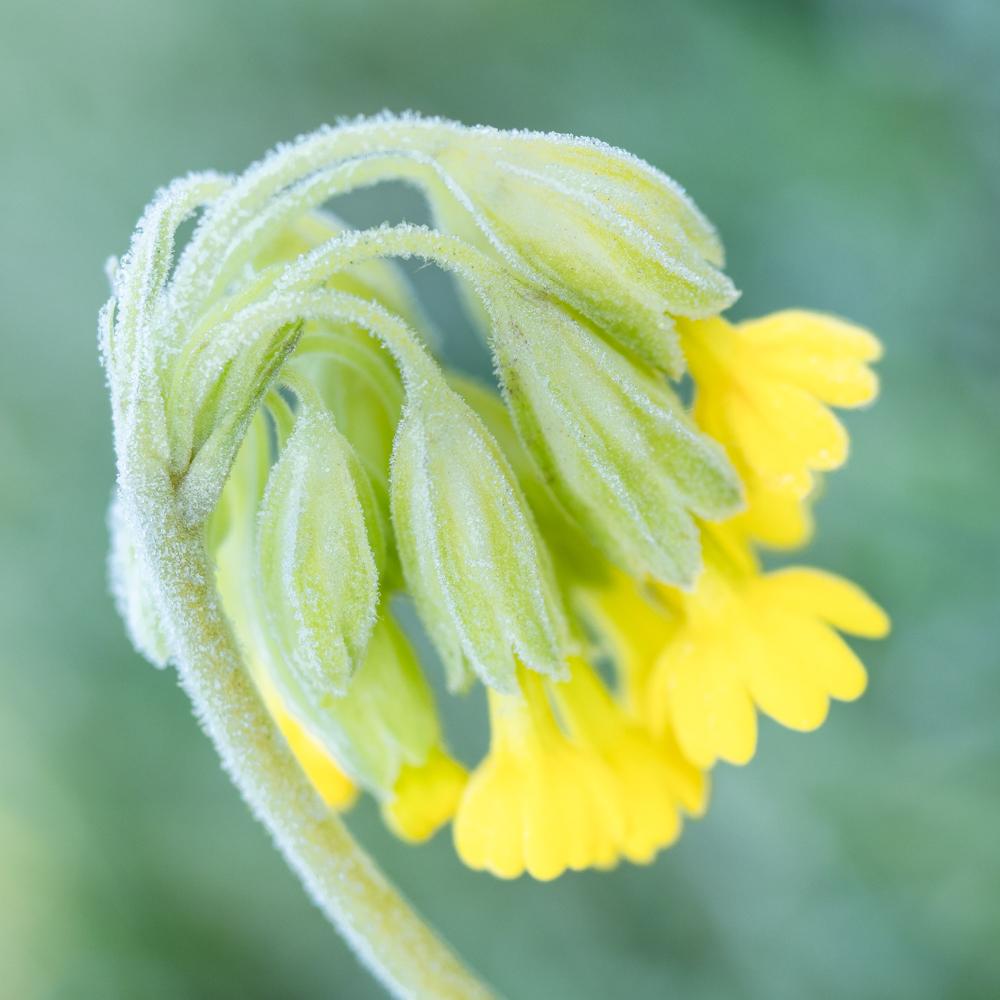
The mirror-less camera means that as you make adjustments of aperture and shutter speed you can see on the screen what effect this will have on your image. (You can obviously also use the histogram to check you are getting the optimum combination for your exposure.)
So, using all the above techniques, I have tried handheld and tripod mounted shooting, large and small apertures and indoor and outdoor plant photography.
I have also tried deliberately overexposing and underexposing the background. This has produced a variety of images, which for me provoke different responses.
I like the images of plants in situ the best, maybe because I enjoy growing them and that is where I feel they belong. This is particularly the case when it has rained, or there is a heavy due or frost further enhanced by beautiful soft morning light. This extra element lifts a picture out of the ordinary and allows it to communicate so much more.
All images © Ingrid Popplewell

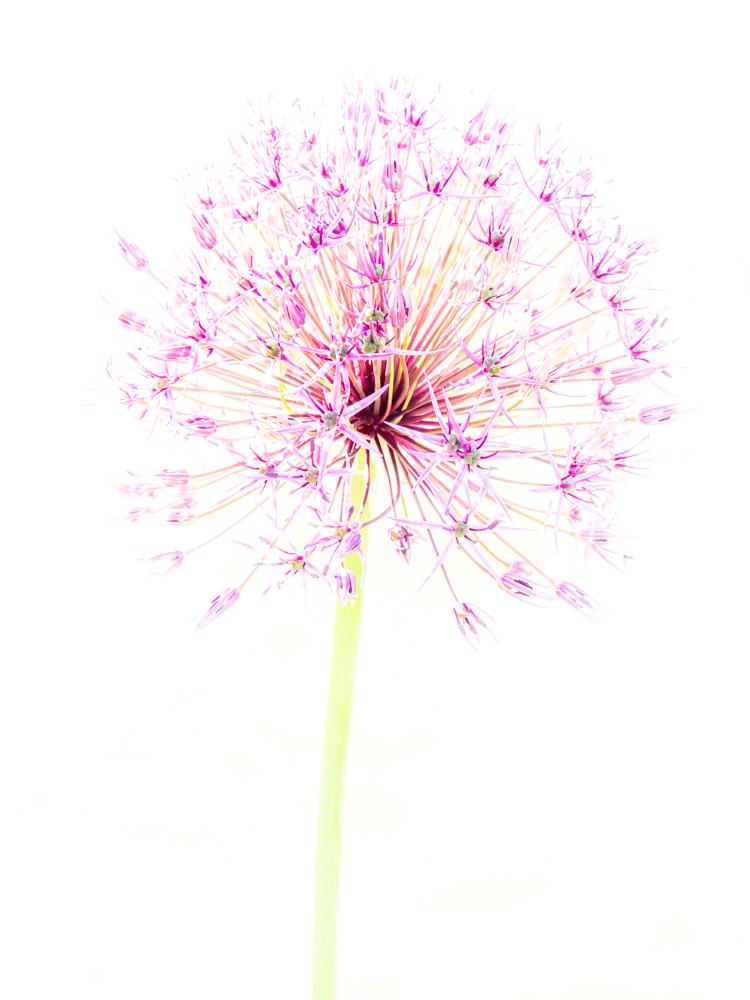

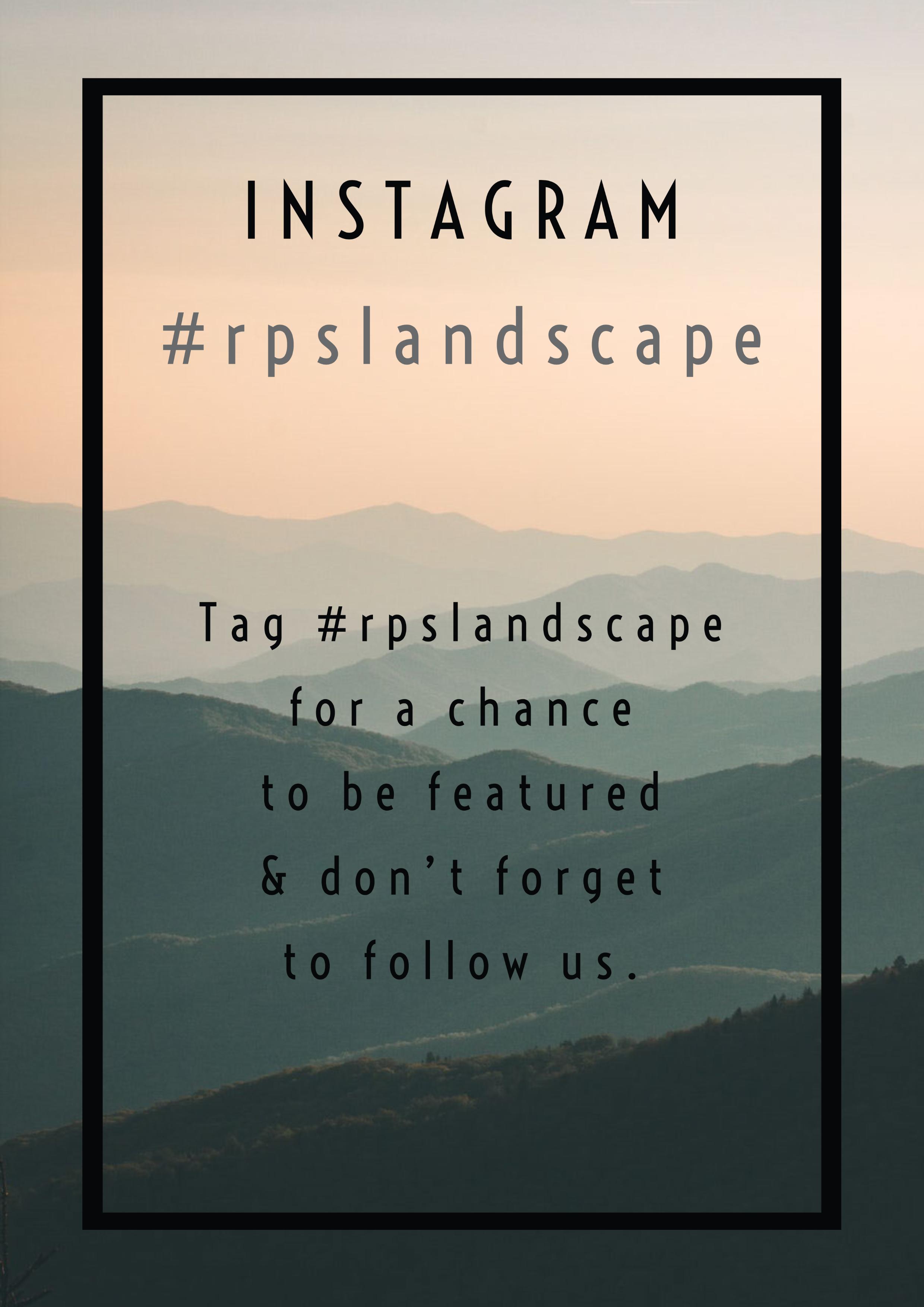

Out of Lockdown: Fraisthorpe Beach By Alison S Taylor LRPS
Since retiring four years ago I've spent many wonderful days driving off to the innumerable photography locations to be found in Yorkshire. I gained my LRPS two years ago and since then I've been putting together an ARPS panel focused on my love of the sea.
Although I love Whitby and the Northumberland coast I consider my closest ‘go to’ beach to be at Fraisthorpe near Bridlington. I can get there in an hour and there are many factors that make Fraisthorpe a great place to visit. Most beaches have features that make them appealing at either high or low tide but Fraisthorpe is special at any time. At low tide the sea forms the most amazing ripples in the sand but there are also large pools trapping the sea. There are large WWII barriers at the top of the beach where the sea swirls and flows at high tide and some of them have broken down into more natural looking boulders. Auburn Beck flows onto the beach providing a constant channel of wet sand regardless of the level of the tide. The final two factors that I love about Fraisthorpe are the cheap/free parking right by the beach and the fabulous Cow Shed which supplies the discerning photographer with the most amazing cakes, coffee, sandwiches, hot food and alcoholic drinks at any time of day.
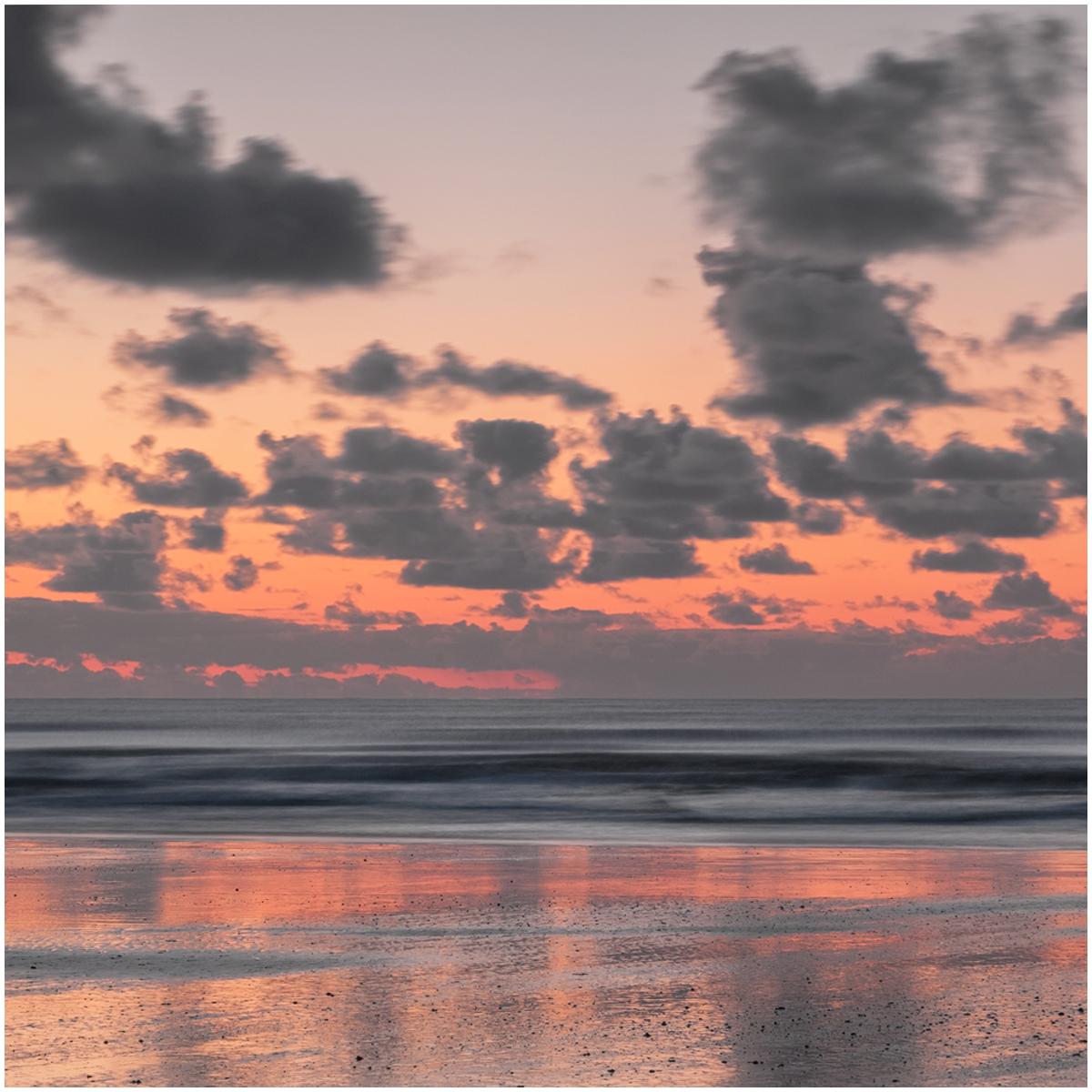
This story is about my escape to Fraisthorpe after the total lockdown was eased and how a single location is never the same from day to day. During the three visits I worked the same 50m stretch of beach exploring the far shoreline at low tide and the rocks which are surrounded by sea at high tide and the nature of the final images is completely different. Constantly revisiting the same location is especially useful in coastal photography where the tide, waves and wind are often very unpredictable, briefly sculpting the sand into ephemeral shapes.
I promised myself that as soon as I was allowed to leave home after lockdown I would drive to Fraisthorpe to watch the sun come up over a new day. Thursday 14 May saw me up and out by 3.15am to arrive on the beach by 4.15am. Sunrise was scheduled for 4.56am so I really arrived later than was ideal but the tide was low and the sand wet from the stream that runs into the sea. The extreme contrast was a problem when I was shooting contre jour but when I turned

away to the south the colours changed from strong reds to more subtle pinks and blues. I also noticed that there was a crescent moon which was casting a reflection on the wet sand.
At first my focus was mostly on the reflections in the wet sand and the colours on the water but as the tide retreated large sand ripples started to form which made perfect leading lines into the sea. There was a lot of material to work with on the shore and not much time before the dawn light went so as I happily packed up I decided to make another visit the following week at sunset.
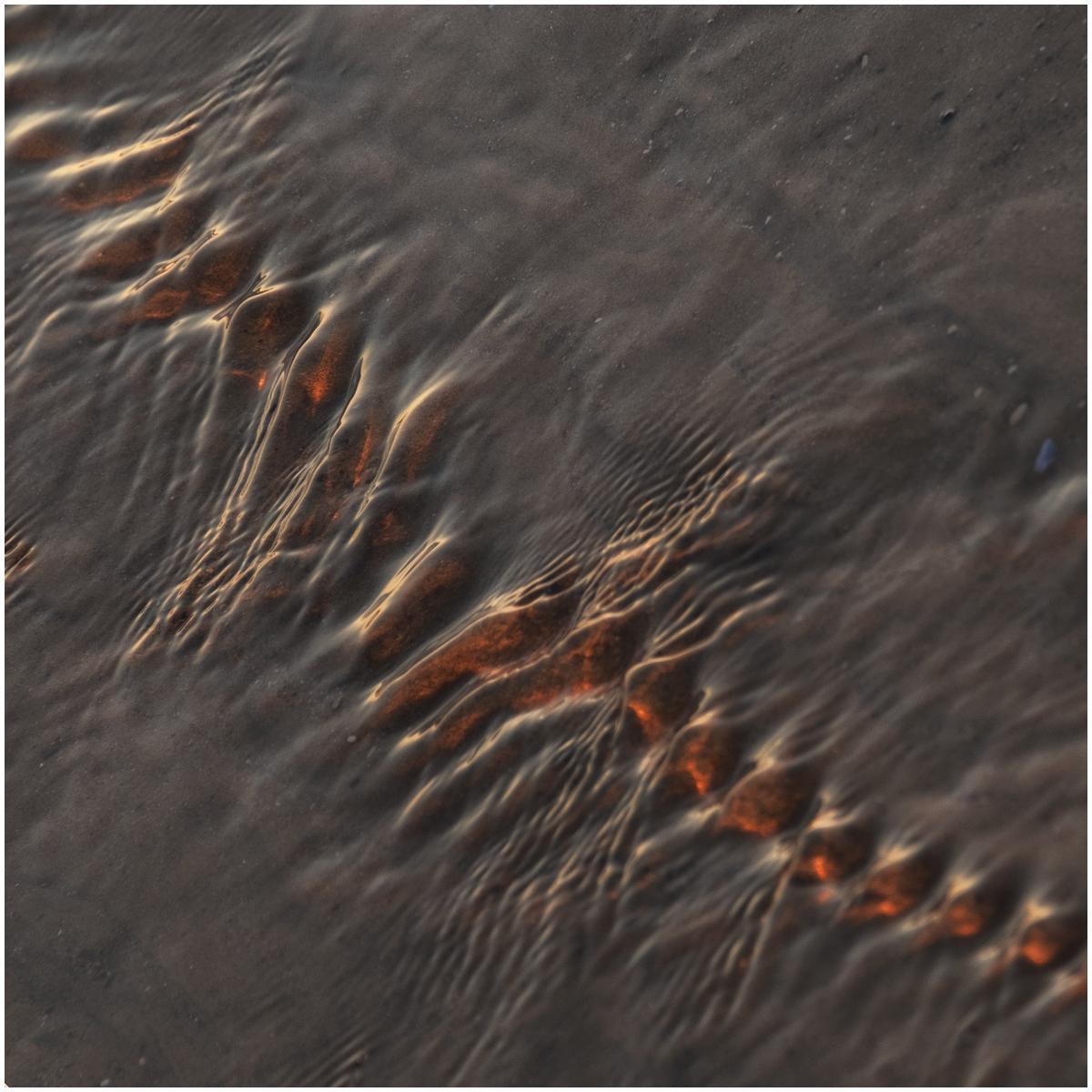
Wednesday 20 May saw me set off again to Fraisthorpe to capture sunset. It would be another low tide but that wasn’t a problem for me as I hoped to get more cloud reflections and pastel colours in the sea and sky. Things didn’t work out as I’d hoped. There wasn’t a single cloud in the sky and the sun was directly behind me casting an enormous shadow in my field of view which I couldn’t avoid. There were a lot of people on the beach enjoying leisurely picnics way beyond the required 2m social distancing requirement and so wider views of the shore and waves weren’t going to work. I needed plan B. I started to cast about for details. I was lucky to see some golden sunlight under rocks and the ripples
in Auburn Beck were catching the glow of the sun. The gold threads of light were magical when set against the dark water and I spent an hour crouched over the stream looking for patterns and lines. I captured a lot of abstract images that evening and I relished conditions I hadn't experienced before.
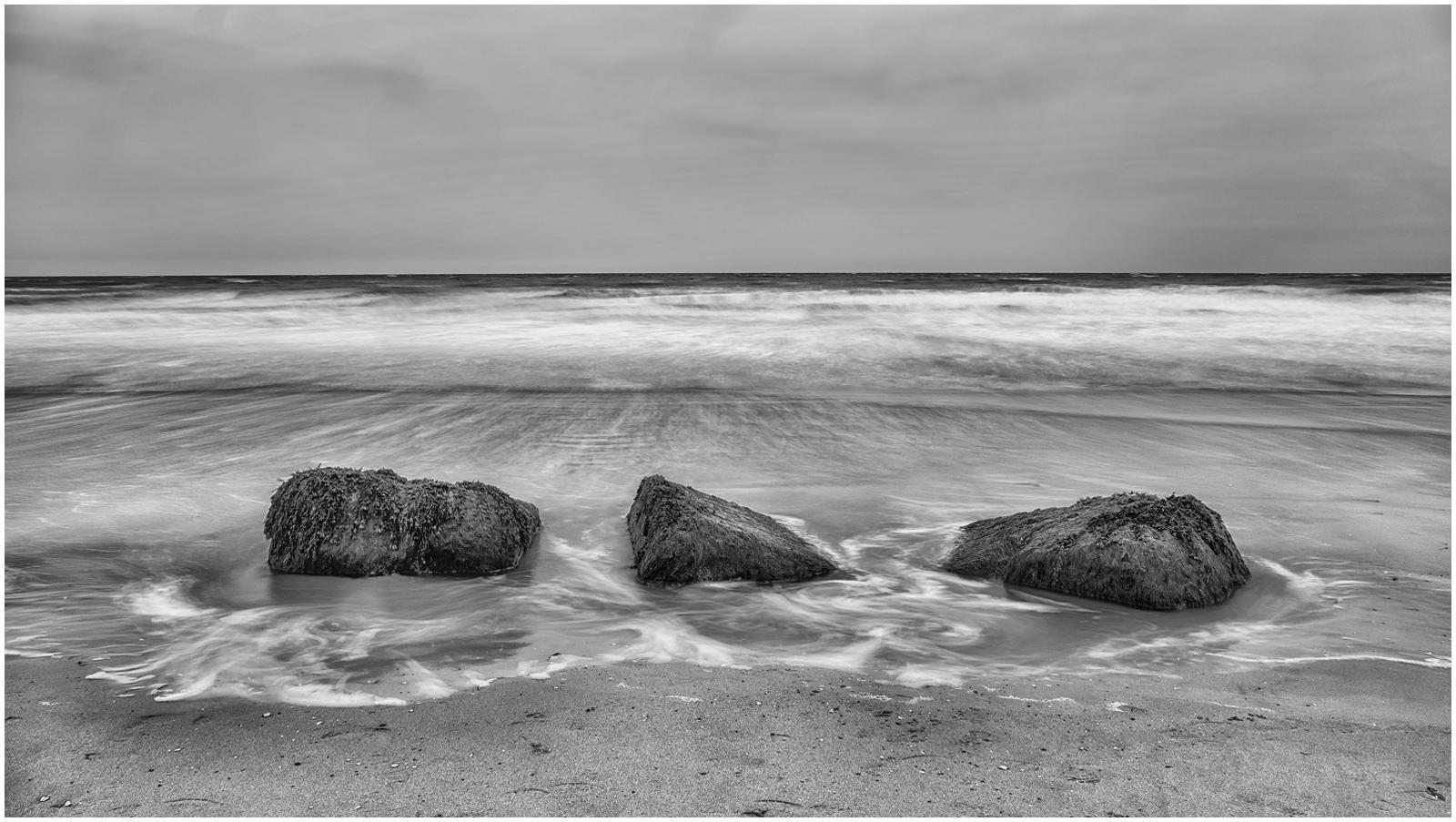
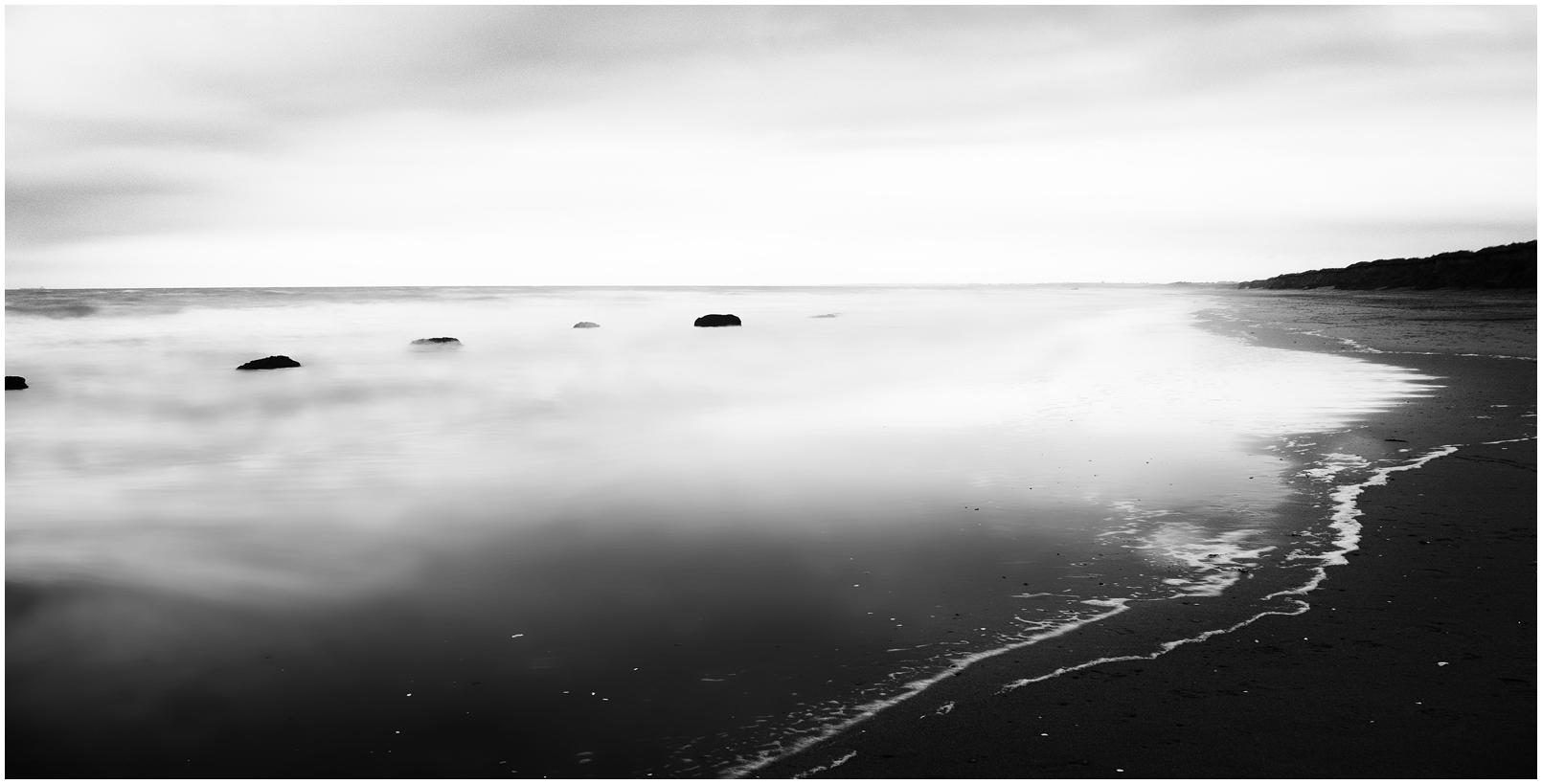
Two weeks later I found myself at home with a new toy. Having sold my original DSLR I could now justify the expense of a Lee Little Stopper and on Wednesday 10 June I wanted to take it out to play. Perhaps high tide at Fraisthorpe would be a good idea. The weather forecast was for a bit of drizzle drying out before sunset. This turned out to be a lie and I battled on the beach in a strong wind and unrelenting rain. The fact that I had forgotten my hat and my unkempt hair was constantly whipping into my eyes didn't help but I was there and determined to make the most of the situation. I didn't want to set up very long exposures as the risk of wind vibration was high and I wanted to limit the amount of water landing on my lens. 10 seconds was the maximum exposure I dared to set and that was plenty for me as I usually like to show the trail and detail of the water rather than
having a white fog. My standard three cloths were kept busy but I was fortunate that the wind and rain were directed across the beach so a quick wipe of the filters before pressing the shutter was sufficient to keep them dry.
As the tide was already quite high and still rising I worked the area of the beach around the barriers and boulders. Although there are quite a few barriers close together it is possible to separate them out when composing the image. The downside of the barriers is that they run parallel to each other so that when the tide rises they all have the same level of water flowing round them. This gives you a small window of opportunity to take photographs, probably about half an hour before the sea rises and covers the smaller boulders.
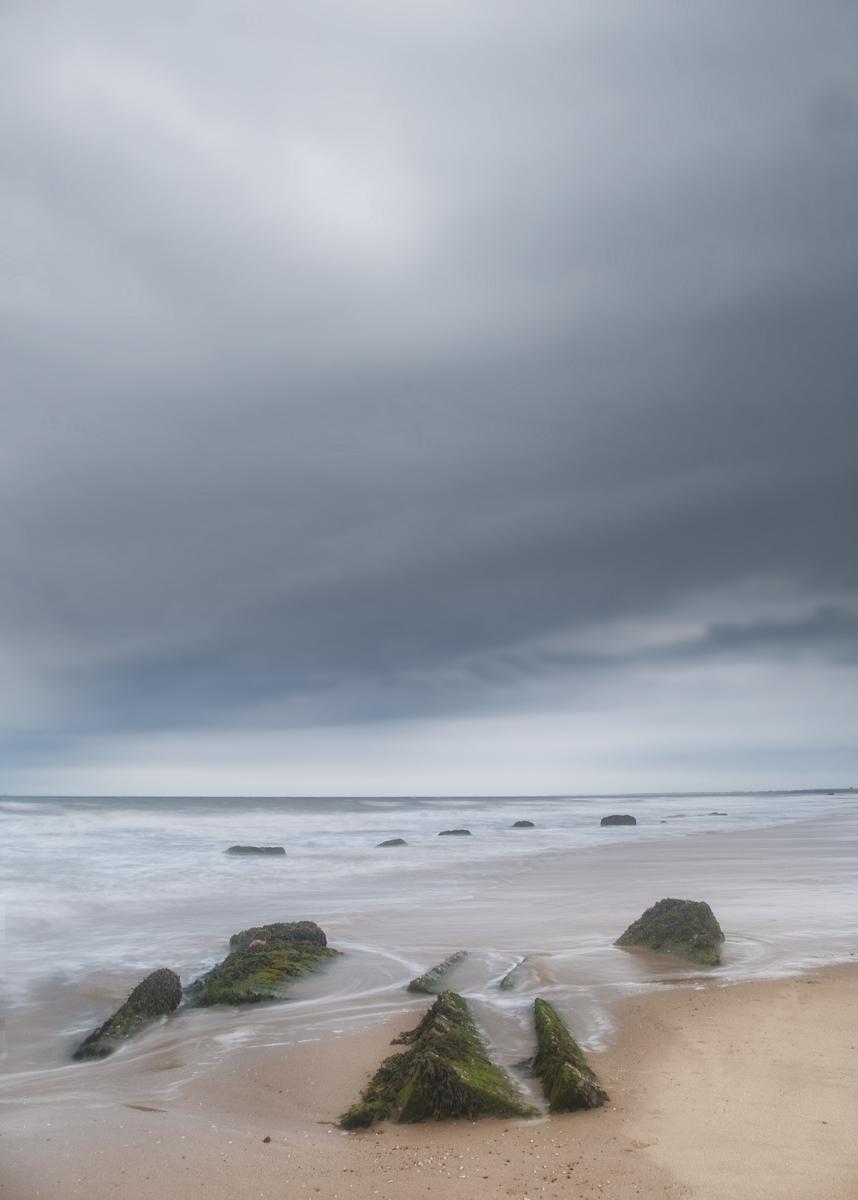
Eventually the cloud came down lower and the rain started to bounce beyond the point of any enjoyment. I retreated to the car post haste. Most of my photographs taken on the evening have been converted to black and white to emphasise the mood. There was very little light, never mind any colour, so monochrome was an obvious choice in post processing.
I’m not sure when I shall return to Fraisthorpe as I have an urge to visit Saltburn with it’s splendid pier and golden sand. I’ve also been told that ice cream is now available which is hardly a compelling photography consideration. But it’ll do for me.
All images © Alison S Taylor





